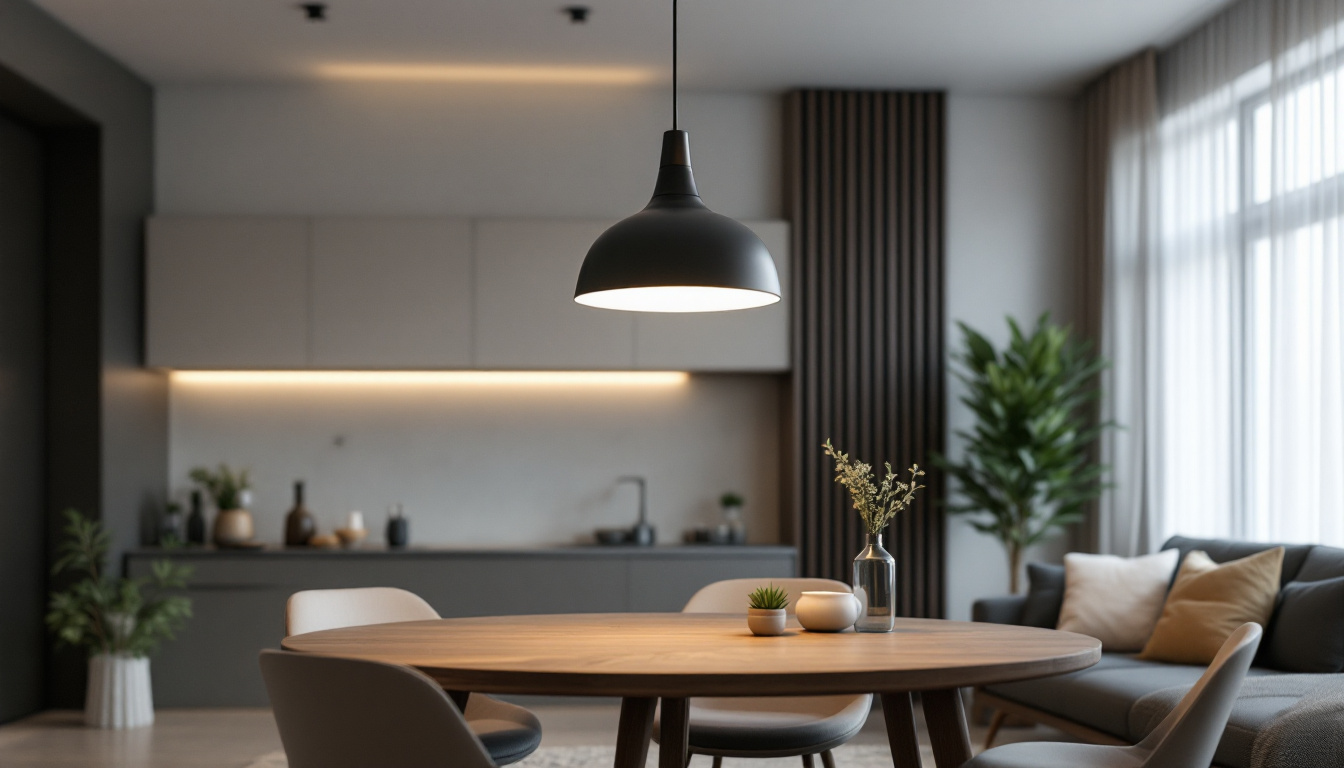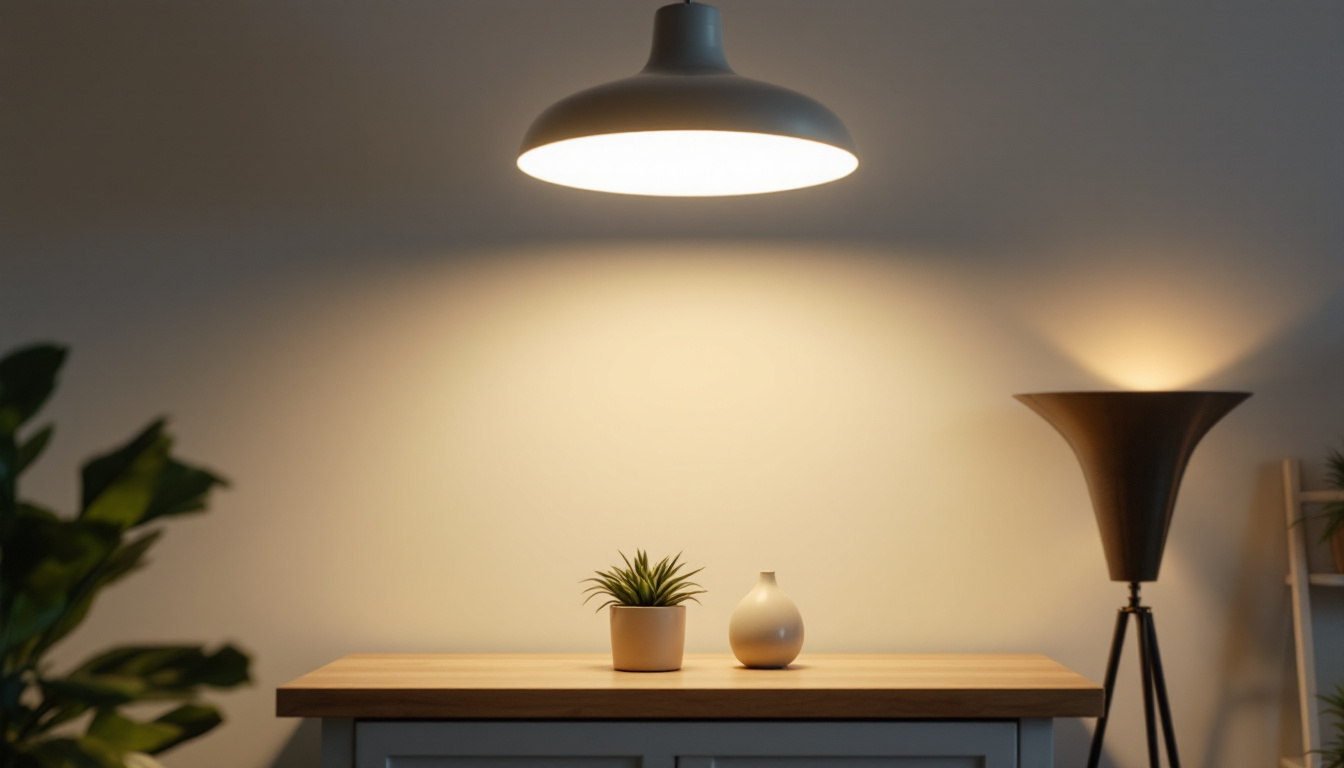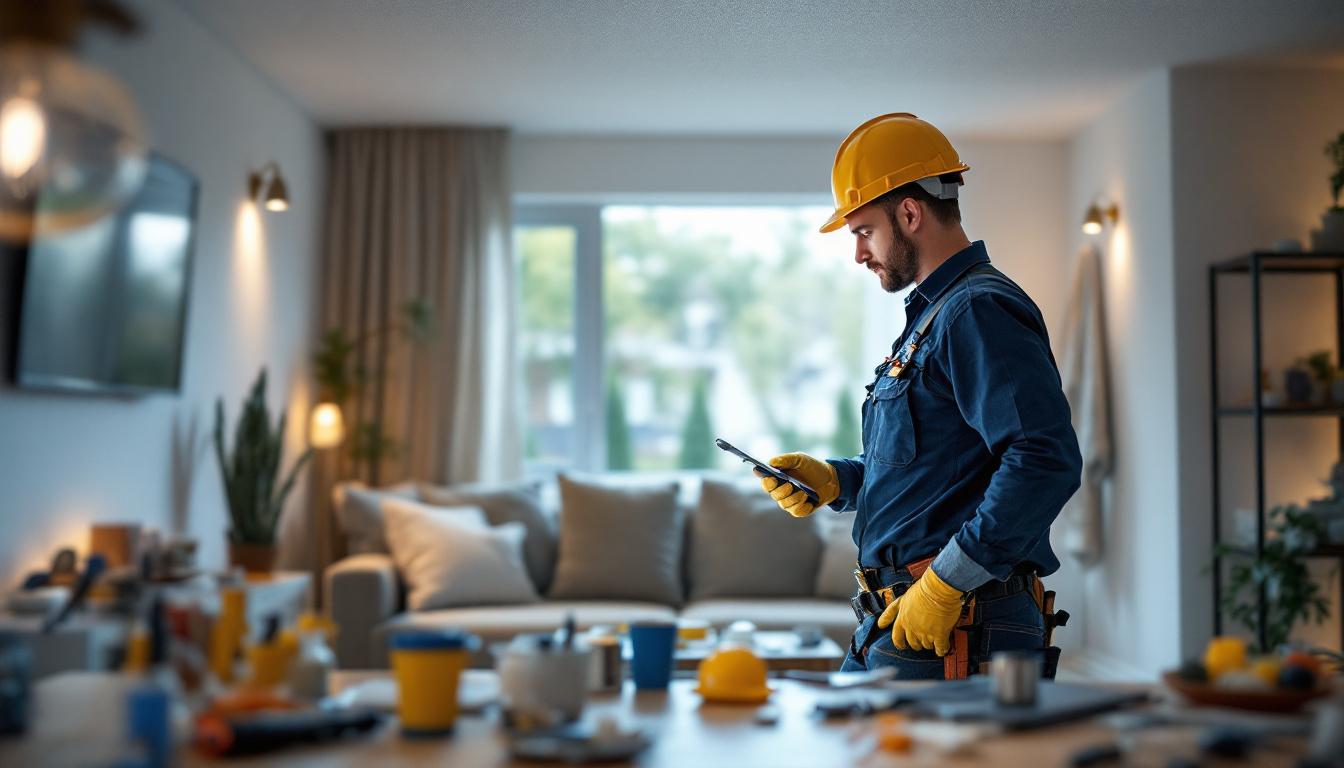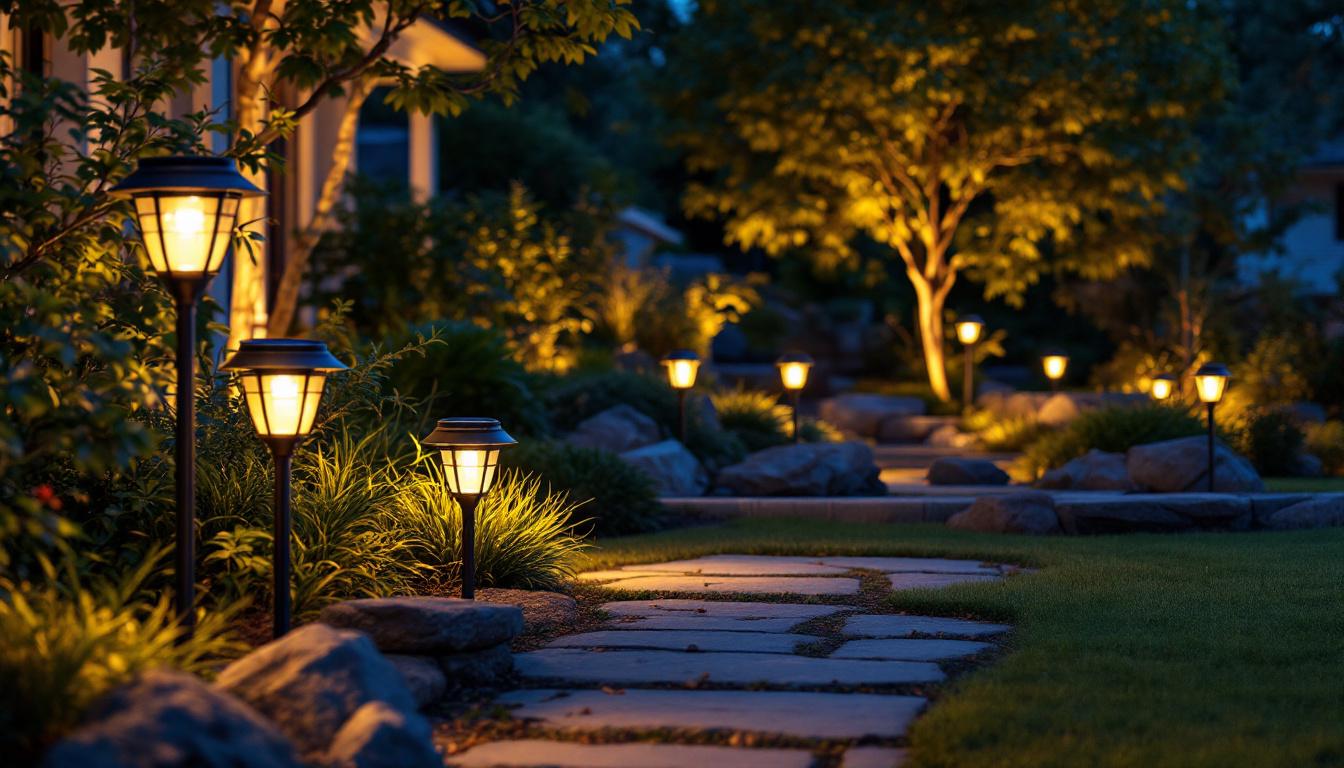
In the world of interior design, lighting plays a pivotal role in shaping the ambiance and functionality of a space. Among the various lighting options available, contemporary pendant lights have emerged as a popular choice for both residential and commercial settings. However, even the most experienced lighting contractors can make mistakes when it comes to selecting and installing these fixtures. This article delves into some of the common pitfalls that contractors encounter, providing insights on how to avoid them and ensure a successful lighting project.
One of the most significant aspects of selecting pendant lights is understanding the scale of the fixture in relation to the space it will occupy. Many contractors overlook the importance of scale, resulting in installations that either overwhelm or underwhelm a room. The right scale not only enhances the aesthetic appeal but also ensures that the lighting serves its functional purpose effectively.
When selecting a pendant light, it is crucial to consider the dimensions of the room and the height of the ceiling. A large pendant in a small room can create a cramped feeling, while a small fixture in a spacious area may get lost. A general guideline is to measure the room’s width and length in feet, add those numbers together, and use that total as a guide for the diameter of the pendant in inches. For instance, if a room measures 10 feet by 12 feet, a pendant light with a diameter of around 22 inches would be appropriate. Additionally, consider the visual weight of the fixture; a light with a delicate design may work better in a smaller space, while a bold, chunky design can anchor a larger room and serve as a focal point.
Another common mistake is failing to account for the height at which the pendant will be hung. A pendant light should typically be hung 30 to 36 inches above a dining table or kitchen island to provide adequate illumination without obstructing views. In spaces with higher ceilings, consider using multiple pendant fixtures or a larger statement piece to maintain visual balance. Moreover, the height of the pendant can also affect the overall ambiance of the room; lower-hanging fixtures can create a more intimate atmosphere, while higher placements can open up the space and make it feel airier. It’s also worth noting that the type of bulb used can alter the perception of height, as brighter bulbs can draw the eye upward, enhancing the feeling of spaciousness.
The choice of materials and finishes for pendant lights can significantly impact the overall aesthetic of a room. However, contractors sometimes make hasty decisions without considering how these choices will interact with existing décor. A well-thought-out selection can elevate the ambiance, creating a cohesive look that ties together various design elements. Understanding the nuances of different materials and finishes is crucial for achieving a harmonious interior.
It is essential to select pendant lights that complement the materials used in the surrounding space. For instance, a sleek metal pendant may clash with rustic wooden elements, while a glass fixture might not harmonize with a more industrial setting. When choosing materials, consider the overall design theme and ensure that the pendant light enhances rather than detracts from the room’s character. Additionally, incorporating textures can add depth; for example, a woven rattan pendant can introduce warmth to a minimalist space, creating an inviting atmosphere that encourages relaxation and social interaction.
In addition to material, the finish of a pendant light can also play a crucial role in its integration into a space. Matte finishes may lend a modern touch, while polished surfaces can add a sense of elegance. Lighting contractors should also take into account the color scheme of the room. A bold-colored pendant can serve as a focal point, but it should be chosen carefully to ensure it aligns with the overall palette. Furthermore, consider how the finish interacts with natural light; a brushed nickel finish might reflect light differently than a black matte, influencing the mood and feel of the space throughout the day. Layering different finishes can also create visual interest, allowing for a dynamic interplay of light and shadow that enhances the room’s design narrative.
Beyond aesthetics, the functionality of pendant lights is a critical consideration. Many contractors make the mistake of prioritizing style over practicality, leading to ineffective lighting solutions.
Before selecting a pendant light, it is vital to assess its intended purpose. Will it serve as task lighting over a kitchen island, ambient lighting in a living room, or accent lighting in a hallway? Each scenario requires a different approach to bulb selection, fixture design, and placement. For instance, task lighting should provide focused illumination, while ambient lighting should create a warm, inviting atmosphere.
The choice of bulbs used in pendant lights can greatly affect their performance. LED bulbs are often favored for their energy efficiency and longevity, but contractors should also consider the color temperature of the bulbs. A warmer color temperature (around 2700K) is generally more inviting for living spaces, while cooler temperatures (around 4000K) may be more suitable for work areas. Additionally, dimmable options can enhance the versatility of pendant lights, allowing for adjustments based on the time of day or activity.
The placement of pendant lights is another crucial factor that can make or break a lighting design. Incorrect positioning can lead to uneven lighting and create visual clutter.
When installing multiple pendant lights, it is essential to maintain proper spacing to achieve a balanced look. A common guideline is to space fixtures about 24 to 30 inches apart to ensure even illumination. This spacing can vary based on the size of the pendants and the overall dimensions of the space, but maintaining consistency is key to a cohesive design.
In spaces with multiple pendant lights, varying the heights of the fixtures can add visual interest and depth. However, it is important to ensure that the heights are still functional and do not obstruct movement or sightlines. A staggered arrangement can create a dynamic look, but careful planning is necessary to avoid a chaotic appearance.
Electrical issues can often arise during the installation of pendant lights, leading to complications that could have been avoided with proper planning. Lighting contractors should be vigilant about electrical considerations to ensure a smooth installation process.
Before installation, it is crucial to assess the existing wiring and ensure that it can support the new fixtures. This includes checking for adequate wattage and ensuring that the wiring is up to code. Additionally, the weight of the pendant light should be considered; heavier fixtures may require additional support to ensure safety and stability.
Contractors should also consider the type of switches and controls that will be used with the pendant lights. Dimming capabilities can enhance the functionality of the lights, allowing for adjustments based on mood and activity. Installing smart switches can also provide added convenience, enabling homeowners to control their lighting from their smartphones or through voice commands.
After the installation is complete, maintenance becomes a crucial aspect of ensuring the longevity and performance of pendant lights. However, contractors sometimes overlook accessibility when selecting fixtures.
Pendant lights can accumulate dust and grime over time, particularly those with intricate designs or glass components. When selecting fixtures, consider how easy they will be to clean. Designs that allow for easy access to bulbs and surfaces will save homeowners time and effort in the long run.
In addition to cleaning, the ease of bulb replacement is another factor to consider. Fixtures that require complex disassembly for bulb changes can lead to frustration for homeowners. Opting for designs that allow for straightforward access to bulbs will enhance user satisfaction and encourage regular maintenance.
The world of lighting design is ever-evolving, with new trends and technologies emerging regularly. Contractors who fail to stay informed about contemporary pendant light trends may miss opportunities to provide clients with innovative solutions.
Keeping up with design trends can help contractors recommend pendant lights that align with current styles and preferences. This includes understanding popular materials, colors, and shapes that resonate with modern aesthetics. Engaging with design publications, attending trade shows, and participating in industry forums can provide valuable insights into the latest trends.
Advancements in lighting technology, such as smart lighting systems and energy-efficient options, are becoming increasingly popular. Contractors should be knowledgeable about these innovations and how they can enhance the functionality and appeal of pendant lights. By incorporating technology into their designs, contractors can offer clients more versatile and sustainable lighting solutions.
Contemporary pendant lights can transform a space, providing both aesthetic appeal and functional illumination. However, lighting contractors must be mindful of common mistakes that can hinder the success of their projects. By understanding the importance of scale, material choices, functionality, placement, electrical considerations, maintenance, and current trends, contractors can elevate their lighting designs and deliver exceptional results for their clients.
Ultimately, the goal is to create spaces that are not only beautifully lit but also practical and tailored to the needs of the occupants. By avoiding these common pitfalls and embracing best practices, lighting contractors can enhance their expertise and ensure that their installations shine brightly for years to come.
Ready to avoid common pitfalls and elevate your lighting projects with contemporary pendant lights? At LumenWholesale, we provide lighting contractors with the highest quality, spec-grade lighting products at prices that can’t be beaten. Our extensive selection is designed to meet the most rigorous industry standards, ensuring reliability and high performance for every installation. With free shipping on bulk orders, you can get premium lighting at the best value — all without hidden fees or quality compromises. Make your next project shine with confidence and convenience. Wholesale Lighting at the Best Value is just a click away.

Explore the pros and cons of traditional overhead lighting versus innovative alternatives in this insightful guide for lighting contractors.

Discover effective techniques for lighting contractors to upgrade traditional lighting systems with LED can lights.

Discover why LED strip lights are revolutionizing the lighting industry and what every contractor needs to know to stay ahead.

Illuminate your projects with our comprehensive guide on outdoor solar lights tailored for lighting contractors.